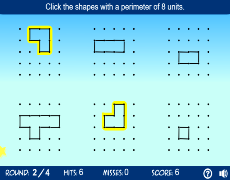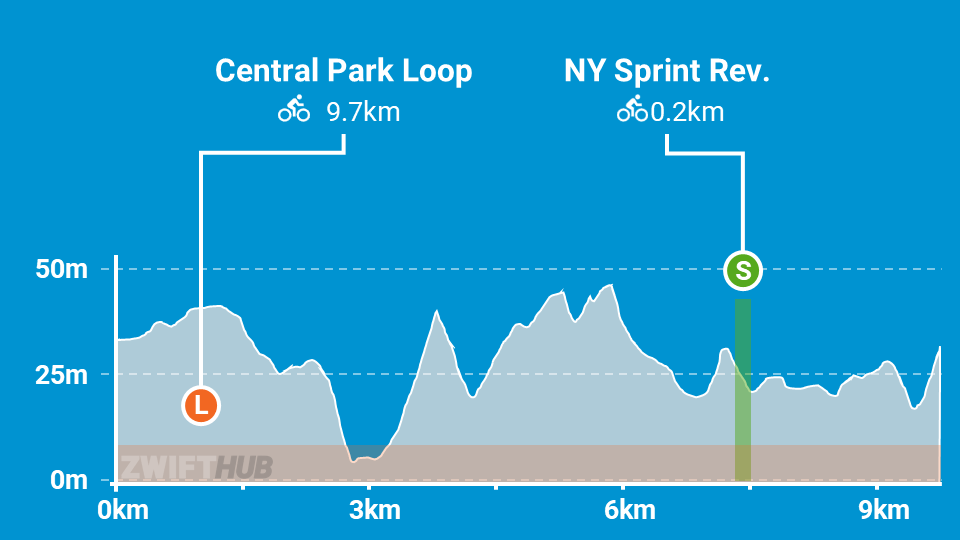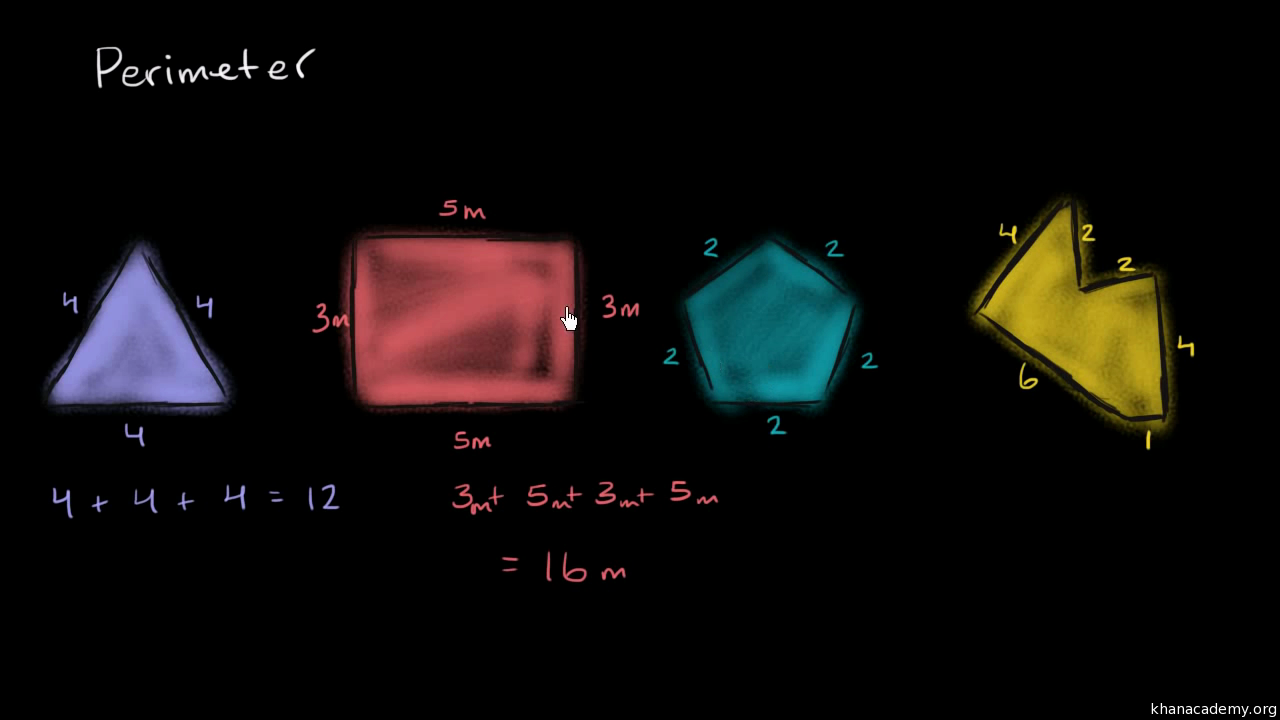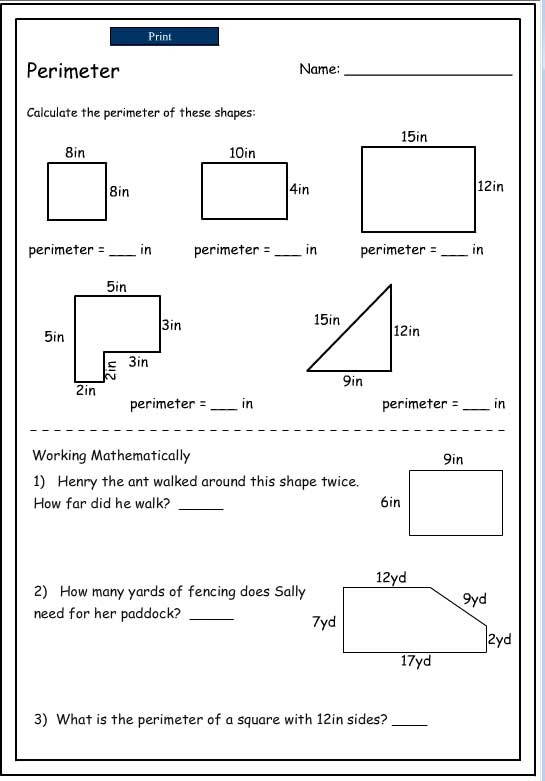Topic quadrilateral perimeter: Discover how to calculate the perimeter of various types of quadrilaterals with this detailed guide. Whether dealing with squares, rectangles, rhombuses, or any other four-sided figures, you will learn the formulas and methods needed to determine their perimeters accurately and efficiently.
Table of Content
Understanding the Perimeter of Quadrilaterals
The perimeter of a quadrilateral is the total length of its boundary. To find the perimeter, you simply add the lengths of all four sides. The formula can be expressed as:
Types of Quadrilaterals and Their Perimeters
-
Rectangle
A rectangle has opposite sides that are equal and parallel. The formula for its perimeter is:
$$ P = 2(l + b) $$
where l is the length and b is the breadth.
-
Square
All sides of a square are equal. The perimeter is calculated as:
$$ P = 4a $$
where a is the length of one side.
-
Rhombus
A rhombus has all sides of equal length. The perimeter is:
$$ P = 4a $$
where a is the length of a side.
-
Parallelogram
Opposite sides of a parallelogram are equal. The perimeter is:
$$ P = 2(a + b) $$
where a and b are the lengths of the sides.
-
Trapezoid
A trapezoid has one pair of parallel sides. The perimeter is calculated as:
$$ P = a + b + c + d $$
where a, b, c, and d are the lengths of the sides.
Examples
-
Rectangle: If a rectangle has a length of 8 units and a breadth of 5 units, the perimeter is:
$$ P = 2(8 + 5) = 26 \, \text{units} $$
-
Square: If a square has a side length of 4 units, the perimeter is:
$$ P = 4 \times 4 = 16 \, \text{units} $$
-
Rhombus: If each side of a rhombus is 6 units, the perimeter is:
$$ P = 4 \times 6 = 24 \, \text{units} $$
-
Parallelogram: If a parallelogram has sides of 7 units and 3 units, the perimeter is:
$$ P = 2(7 + 3) = 20 \, \text{units} $$
-
Trapezoid: If a trapezoid has sides measuring 5, 7, 9, and 11 units, the perimeter is:
$$ P = 5 + 7 + 9 + 11 = 32 \, \text{units} $$
Special Considerations
For quadrilaterals with missing sides, use known properties or geometric principles to find the missing lengths before calculating the perimeter. For example, in a rhombus or square, knowing one side length gives you all side lengths due to their equal sides.

READ MORE:
Introduction
The perimeter of a quadrilateral is the total length around the four sides of the shape. Quadrilaterals are closed figures with four straight sides, including common shapes like squares, rectangles, trapezoids, and rhombuses. Calculating the perimeter involves summing the lengths of all sides, and there are various methods depending on the known dimensions or coordinates. Understanding these principles helps in various practical applications such as architecture, design, and problem-solving in mathematics.
Definition of Quadrilateral Perimeter
The perimeter of a quadrilateral is the total length of its boundary, which is calculated by summing the lengths of all four sides. A quadrilateral is a polygon with four sides and four vertices. The formula to find the perimeter of any quadrilateral is:
$$P = a + b + c + d$$
where \(a\), \(b\), \(c\), and \(d\) are the lengths of the four sides.
To illustrate, consider a quadrilateral with sides measuring 5 cm, 7 cm, 9 cm, and 11 cm. The perimeter \(P\) can be calculated as follows:
$$P = 5 \, \text{cm} + 7 \, \text{cm} + 9 \, \text{cm} + 11 \, \text{cm} = 32 \, \text{cm}$$
For special types of quadrilaterals, the formula can be simplified:
- Square: All sides are equal, so \(P = 4a\).
- Rectangle: Opposite sides are equal, so \(P = 2(l + w)\) where \(l\) is the length and \(w\) is the width.
- Rhombus: All sides are equal, so \(P = 4a\).
- Parallelogram: Opposite sides are equal, so \(P = 2(a + b)\).
- Trapezoid: Sum of all sides \(P = a + b + c + d\).
Understanding the perimeter is crucial in various applications such as land measurement, construction, and geometry. It provides a basic property of a shape that helps in further calculations and designs.
Formula for Quadrilateral Perimeter
The perimeter of a quadrilateral is the total length of its boundary, which can be calculated by adding the lengths of all its sides. The general formula for the perimeter (P) of a quadrilateral with sides \( a \), \( b \), \( c \), and \( d \) is:
\[
P = a + b + c + d
\]
This formula applies to all types of quadrilaterals, including squares, rectangles, rhombuses, trapezoids, and kites. Each type of quadrilateral has specific properties that might simplify the calculation:
- Square: All four sides are equal. So, the perimeter is \( 4a \).
- Rectangle: Opposite sides are equal. Thus, the perimeter is \( 2(l + w) \), where \( l \) is the length and \( w \) is the width.
- Rhombus: All four sides are equal. Therefore, the perimeter is \( 4a \).
- Trapezoid: The sum of all sides, \( a + b + c + d \).
- Kite: Two pairs of adjacent sides are equal. Hence, the perimeter is \( 2(a + b) \).
To find the perimeter of more complex quadrilaterals, such as those with an inscribed circle or those defined by coordinates on a graph, additional geometric properties or distance formulas may be required.
Special Quadrilaterals
Quadrilaterals are a diverse group of polygons with four sides, and some have unique properties and classifications. Here are some of the special types of quadrilaterals:
- Square: A square has all sides equal and every angle is a right angle (90°). It is both a rectangle (with all angles 90°) and a rhombus (with all sides equal).
- Rectangle: A rectangle has opposite sides equal and all angles are right angles. It is a type of parallelogram with right angles.
- Rhombus: A rhombus has all sides equal, opposite angles are equal, and its diagonals bisect each other at right angles. It is often referred to as a diamond.
- Parallelogram: A parallelogram has opposite sides parallel and equal in length, with opposite angles equal. It includes squares, rectangles, and rhombuses.
- Trapezoid (UK: Trapezium): A trapezoid has at least one pair of opposite sides parallel. An isosceles trapezoid has non-parallel sides of equal length.
- Kite: A kite has two pairs of adjacent sides that are equal, one pair of opposite angles that are equal, and its diagonals intersect at right angles, with one diagonal bisecting the other.
Understanding these special quadrilaterals is crucial for solving various geometric problems and applications in mathematics.
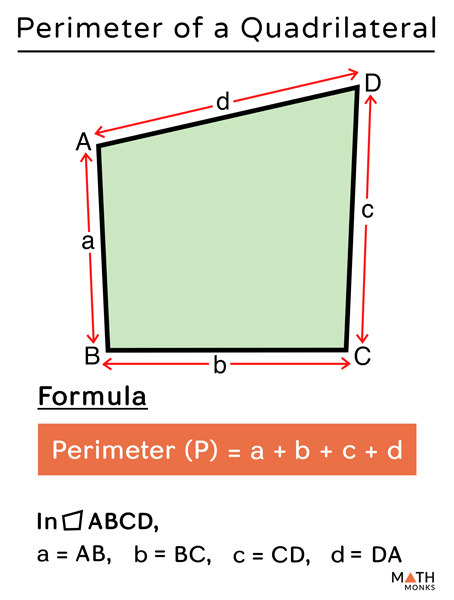
Example Calculations
Calculating the perimeter of a quadrilateral involves summing the lengths of all its sides. Here, we provide detailed step-by-step examples for different types of quadrilaterals to illustrate the process.
Example 1: Perimeter of a Quadrilateral with Given Sides
Consider a quadrilateral with sides measuring 5 cm, 7 cm, 9 cm, and 11 cm.
- Step 1: List the side lengths: 5 cm, 7 cm, 9 cm, 11 cm.
- Step 2: Add the side lengths: \(5 + 7 + 9 + 11\).
- Step 3: Calculate the total: \(32\) cm.
The perimeter of the quadrilateral is 32 cm.
Example 2: Perimeter Using Coordinates
Given the coordinates of quadrilateral ABCD as A(1, 2), B(4, 2), C(4, 5), and D(1, 5), find the perimeter.
- Step 1: Calculate the distance between each pair of consecutive vertices using the distance formula:
- AB: \(\sqrt{(4 - 1)^2 + (2 - 2)^2} = \sqrt{3^2 + 0} = 3\)
- BC: \(\sqrt{(4 - 4)^2 + (5 - 2)^2} = \sqrt{0 + 3^2} = 3\)
- CD: \(\sqrt{(1 - 4)^2 + (5 - 5)^2} = \sqrt{3^2 + 0} = 3\)
- DA: \(\sqrt{(1 - 1)^2 + (5 - 2)^2} = \sqrt{0 + 3^2} = 3\)
- Step 2: Sum the distances: \(3 + 3 + 3 + 3\).
- Step 3: Calculate the total: \(12\).
The perimeter of the quadrilateral is 12 units.
Example 3: Special Quadrilaterals
For a rectangle with a length of 8 cm and a width of 5 cm:
- Step 1: Use the formula for the perimeter of a rectangle: \(P = 2(l + w)\).
- Step 2: Substitute the values: \(P = 2(8 + 5)\).
- Step 3: Calculate the total: \(P = 2(13) = 26\) cm.
The perimeter of the rectangle is 26 cm.
These examples demonstrate the various methods to calculate the perimeter of different types of quadrilaterals, whether you know the side lengths directly or need to determine them from coordinates.
Calculating Perimeter with Missing Sides
To calculate the perimeter of a quadrilateral when one or more sides are missing, you can follow a systematic approach using known geometric properties and formulas. Here are the steps to determine the missing side lengths and then compute the perimeter:
- Identify Known Sides: Start by noting the lengths of the sides that are already known.
- Apply Geometric Properties: Use the properties of specific quadrilaterals to find the missing side lengths. For example:
- Rectangle: If the perimeter (P) and one side length (l) are known, use the formula:
\[ P = 2(l + w) \]
Solve for the missing width (w):
\[ w = \frac{P}{2} - l \]
- Square: If the perimeter is given, all sides are equal:
\[ \text{Side length} = \frac{P}{4} \]
- General Quadrilateral: If three sides are known (a, b, c), the fourth side (d) can be found if the perimeter (P) is known:
\[ d = P - (a + b + c) \]
- Rectangle: If the perimeter (P) and one side length (l) are known, use the formula:
- Example Calculation:
Consider a rectangle with a perimeter of 50 units and a known length of 14 units. To find the width (w):
\[ 50 = 2(14 + w) \]
\[ 50 = 28 + 2w \]
\[ 2w = 22 \]
\[ w = 11 \text{ units} \]
- Verify with Coordinates: If the vertices of a quadrilateral are given in a coordinate plane, use the distance formula to find the lengths of sides. The distance formula between two points (x1, y1) and (x2, y2) is:
\[ d = \sqrt{(x_2 - x_1)^2 + (y_2 - y_1)^2} \]
Sum these lengths to find the perimeter.
- Sum the Sides: Once all side lengths are determined, sum them to find the perimeter:
\[ P = a + b + c + d \]
By following these steps and using appropriate geometric properties, you can effectively determine the missing sides of a quadrilateral and calculate its perimeter.
Practical Applications
The concept of the quadrilateral perimeter has widespread practical applications across various fields, emphasizing its significance beyond theoretical geometry. Here are some detailed examples of how understanding and calculating the perimeter of quadrilaterals is useful in real life:
- Architecture and Construction: Quadrilateral perimeters are crucial in designing and constructing buildings. For instance, calculating the perimeter of a property helps in determining the length of fencing needed. In construction, the perimeter of foundations must be measured accurately to ensure proper layout and material usage.
- Landscaping and Gardening: When designing garden layouts, such as flower beds or lawn borders, knowing the perimeter is essential for planning and implementing these designs effectively. It helps in purchasing the right amount of materials for edging and boundaries.
- Sports: Many sports fields, such as soccer pitches, tennis courts, and basketball courts, are based on rectangular or other quadrilateral shapes. Accurate perimeter measurements are necessary for marking out these playing fields to meet regulatory standards and ensure fair play.
- Interior Design: In interior design, calculating the perimeter of rooms aids in furniture arrangement, carpeting, and other design elements. It ensures that space is utilized efficiently and that decorations are appropriately scaled to fit within the defined areas.
- Craft and Fabric Work: When creating garments, quilts, or other fabric items, knowing the perimeter helps in cutting the right amount of material. This minimizes waste and ensures that the pieces fit together correctly during assembly.
- Graphic Design and Art: In graphic art, sculpture, and logo design, quadrilaterals are often used to create visually appealing and structurally sound designs. Understanding their perimeters helps in achieving symmetry and balance in artistic creations.
- Packaging: The packaging industry relies on quadrilateral shapes for boxes and containers. Calculating the perimeter ensures that the packaging fits the product perfectly, providing protection and minimizing material usage.
- Web Design and Computer Graphics: Quadrilaterals are fundamental in web design layouts and computer graphics. Knowing their perimeters assists in creating grids and layouts that are visually appealing and functionally effective.
These applications demonstrate that the concept of the quadrilateral perimeter is not just an abstract mathematical idea but a practical tool that plays a vital role in various aspects of everyday life and professional fields.
Conclusion
Understanding and calculating the perimeter of quadrilaterals is a fundamental skill in geometry with wide-ranging applications. This guide has covered the definition, formulas, and specific cases for various types of quadrilaterals. Knowing how to determine the perimeter helps in diverse fields such as construction, design, and everyday problem-solving.
The key takeaways include:
- The perimeter is the total length of all sides of a quadrilateral.
- For any quadrilateral, the perimeter can be found by adding the lengths of all four sides: P = a + b + c + d.
- Special quadrilaterals have simplified formulas, such as P = 4a for a square and P = 2(l + w) for a rectangle.
- Real-world applications highlight the importance of accurate perimeter calculations for efficiency and precision in various industries.
By mastering these concepts, one can efficiently handle tasks involving quadrilaterals, ensuring both accuracy and practicality in geometric calculations.

Tính Chu Vi Của Tứ Giác: Hướng Dẫn Chi Tiết










